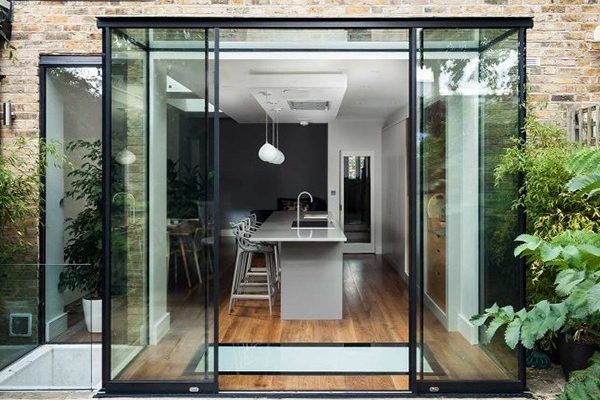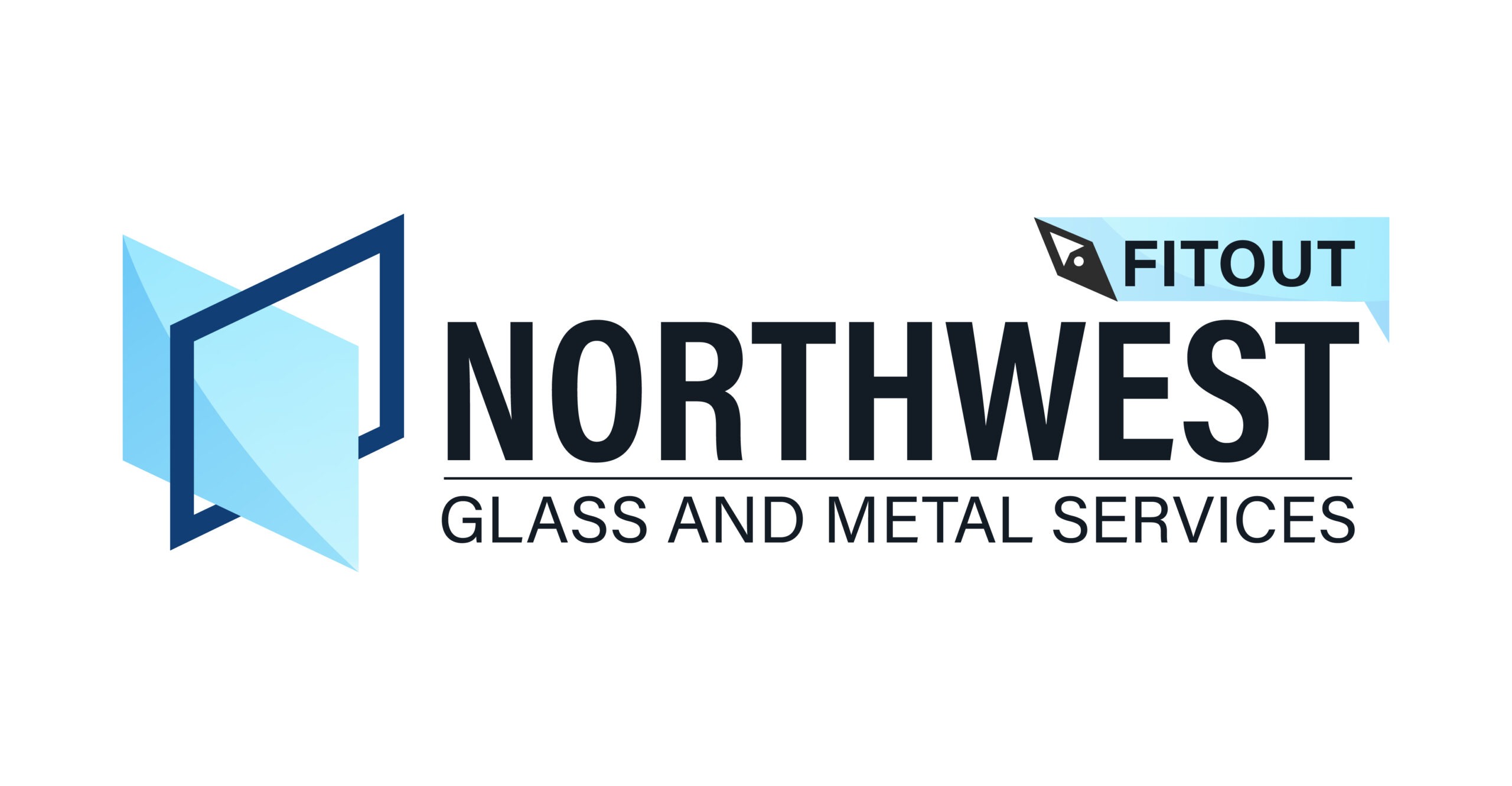

Glass Boxes
Glass boxes, in architectural and design contexts, refer to structures or elements primarily composed of glass panels, offering a transparent and modern aesthetic. These boxes are often used in contemporary architecture to create visually striking features that maximize natural light and provide unobstructed views of the surroundings. Commonly employed in facades, atriums, or interior partitions, glass boxes enhance spatial openness while maintaining a sense of enclosure. They can vary in size and complexity, from small display cases to large-scale installations, showcasing their versatility in both residential and commercial projects. Glass boxes contribute to sustainable design by reducing the need for artificial lighting during daylight hours and promoting energy efficiency. Additionally, their minimalist design and clean lines complement various architectural styles, offering a timeless appeal that blends seamlessly with modern and traditional environments alike. Overall, glass boxes exemplify the integration of transparency, functionality, and aesthetic sophistication, making them a favoured choice for architects and designers aiming to create dynamic and visually engaging spaces.

